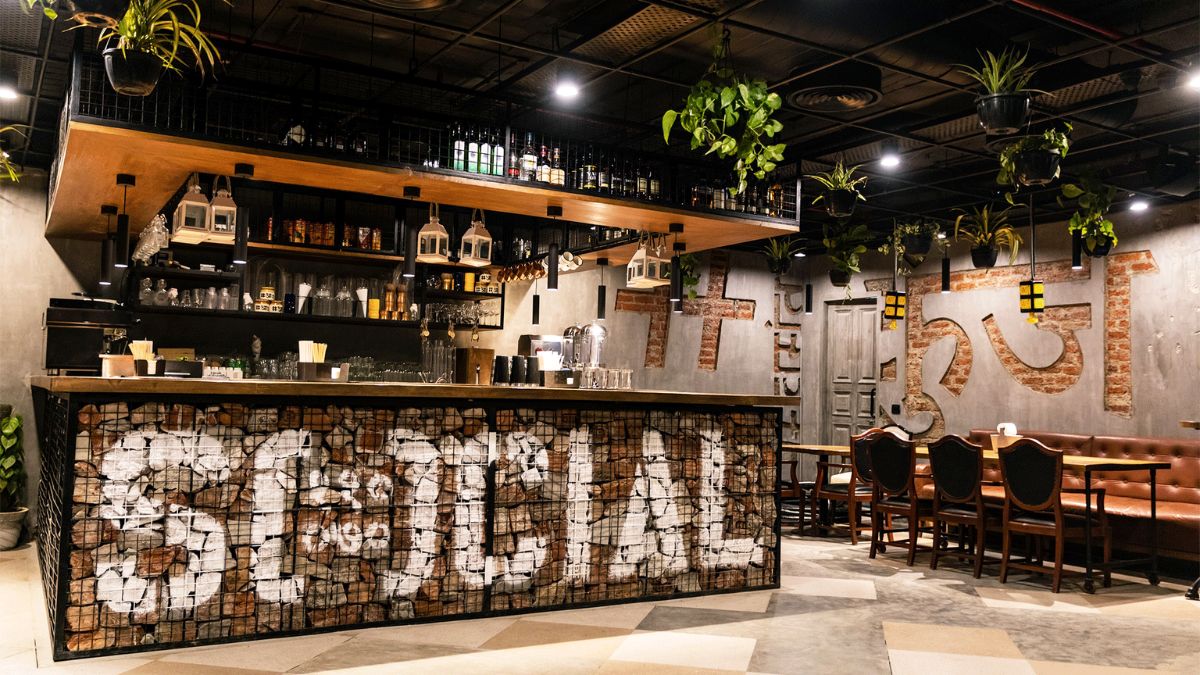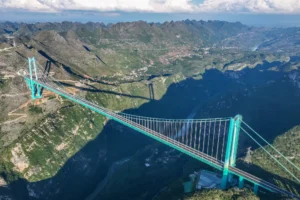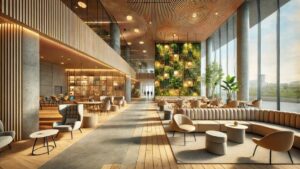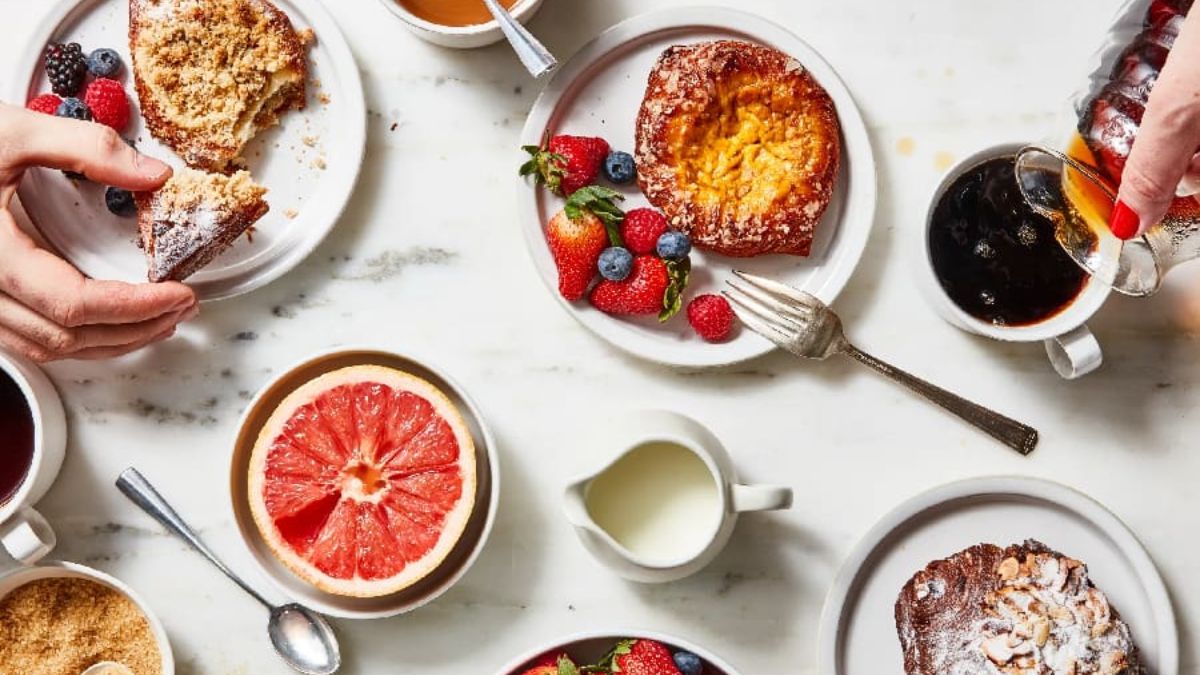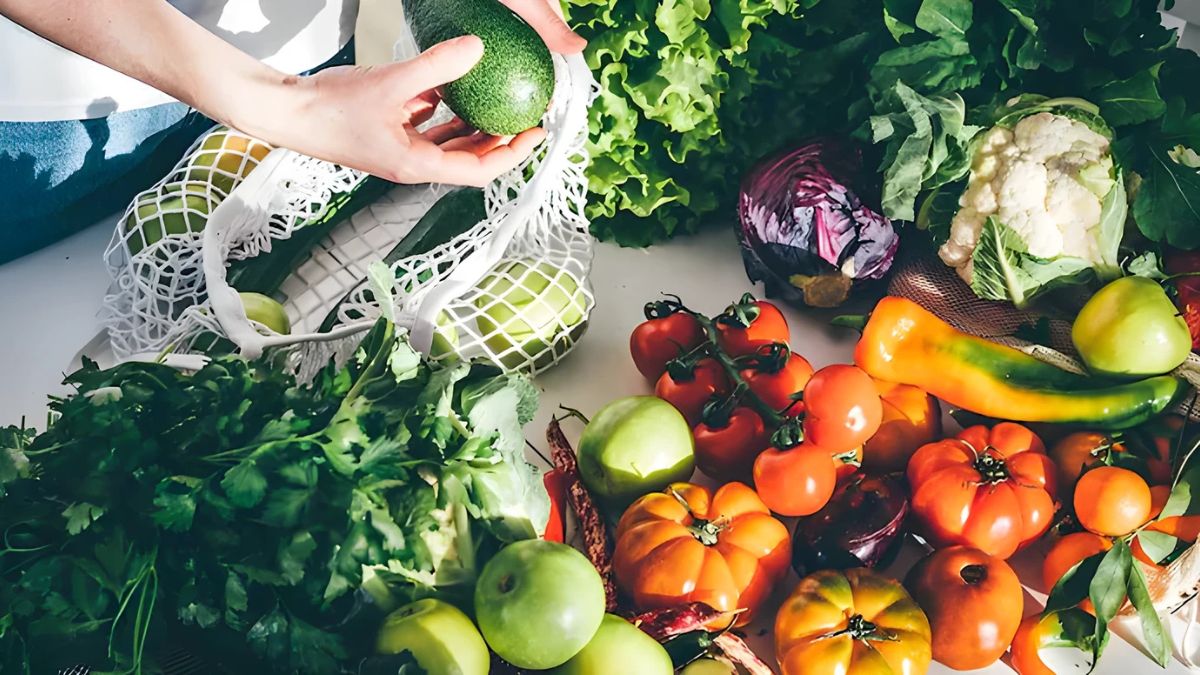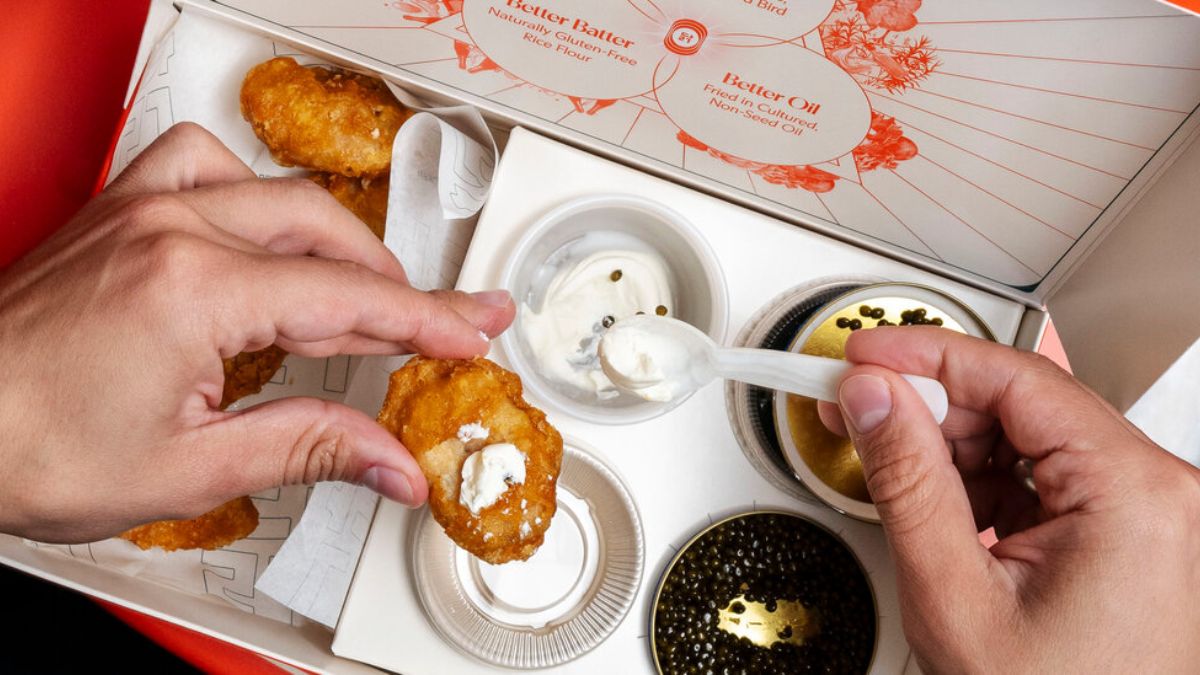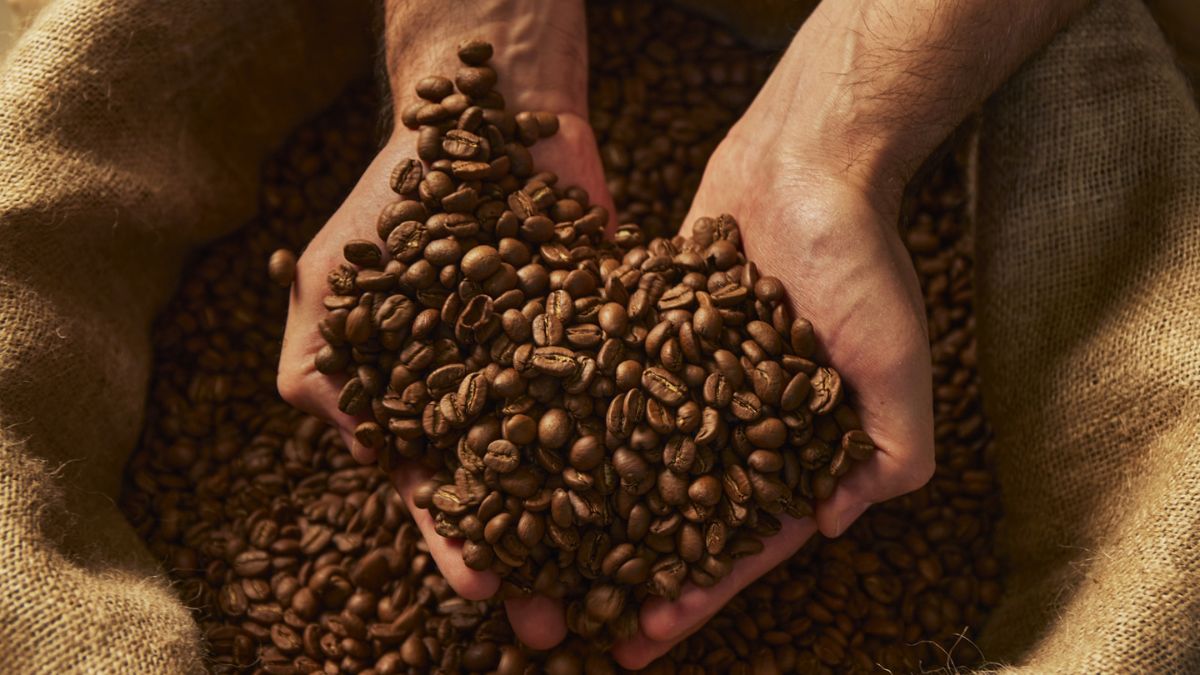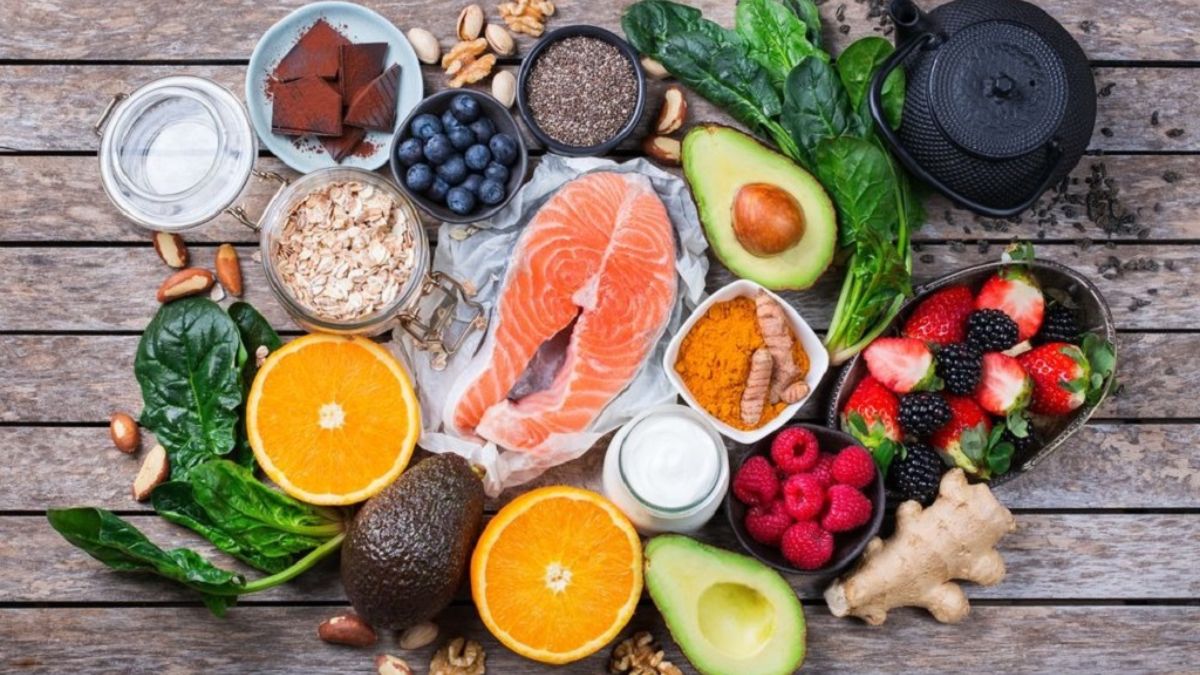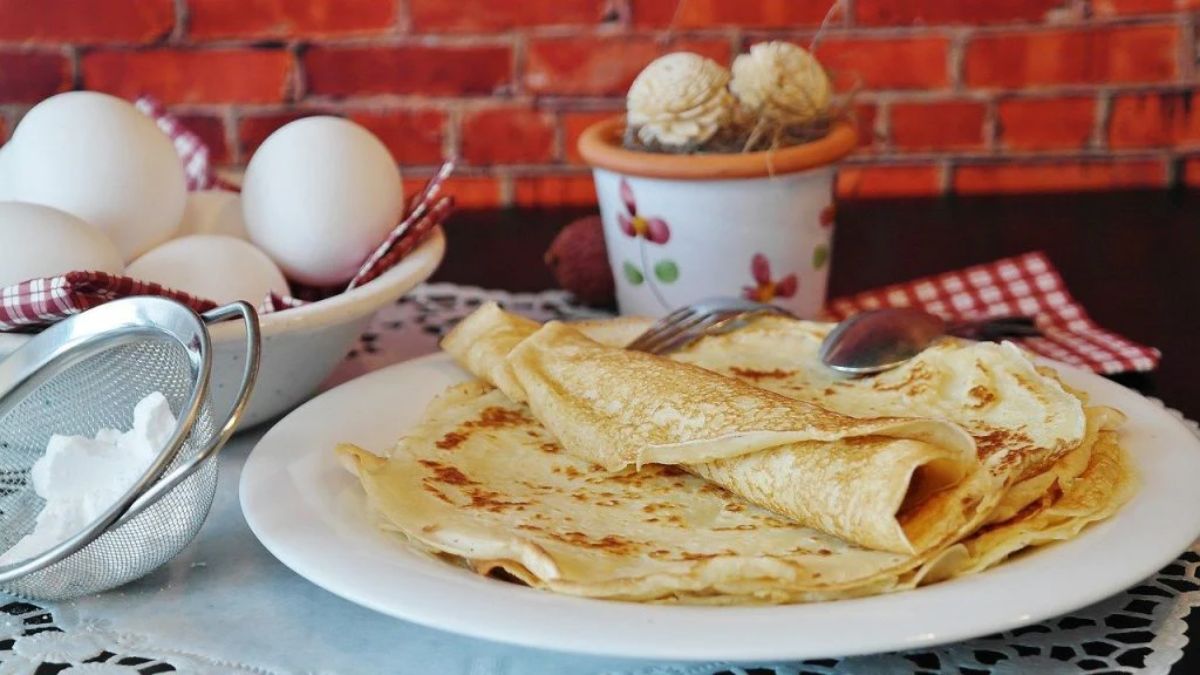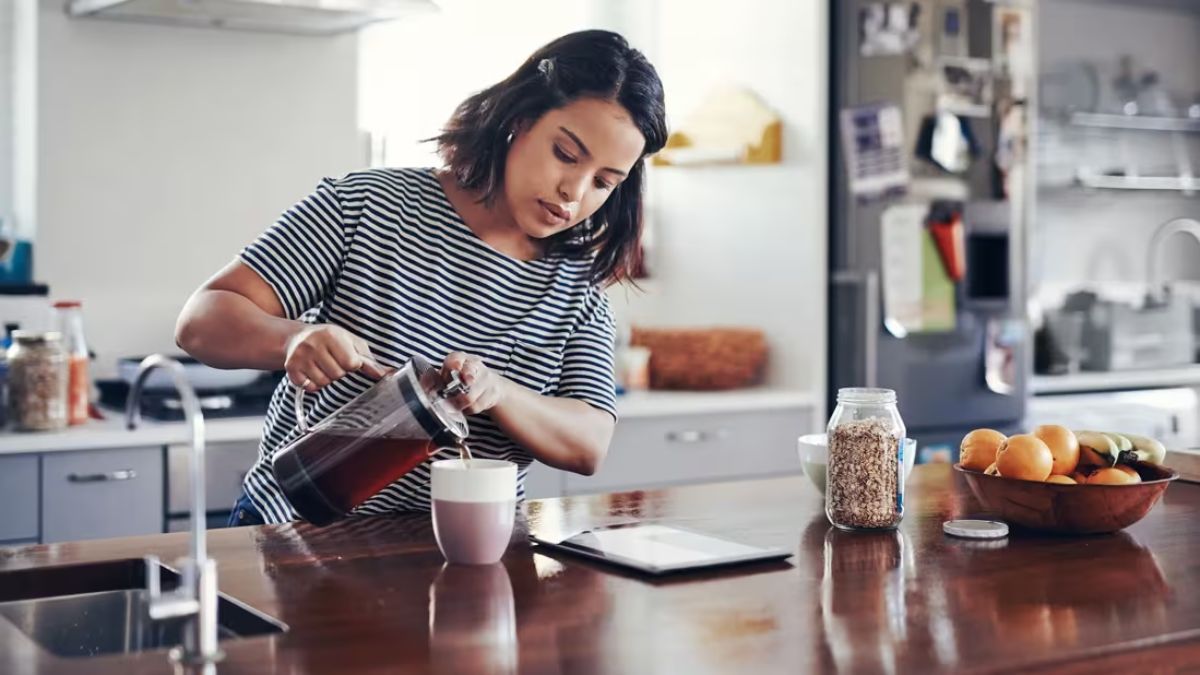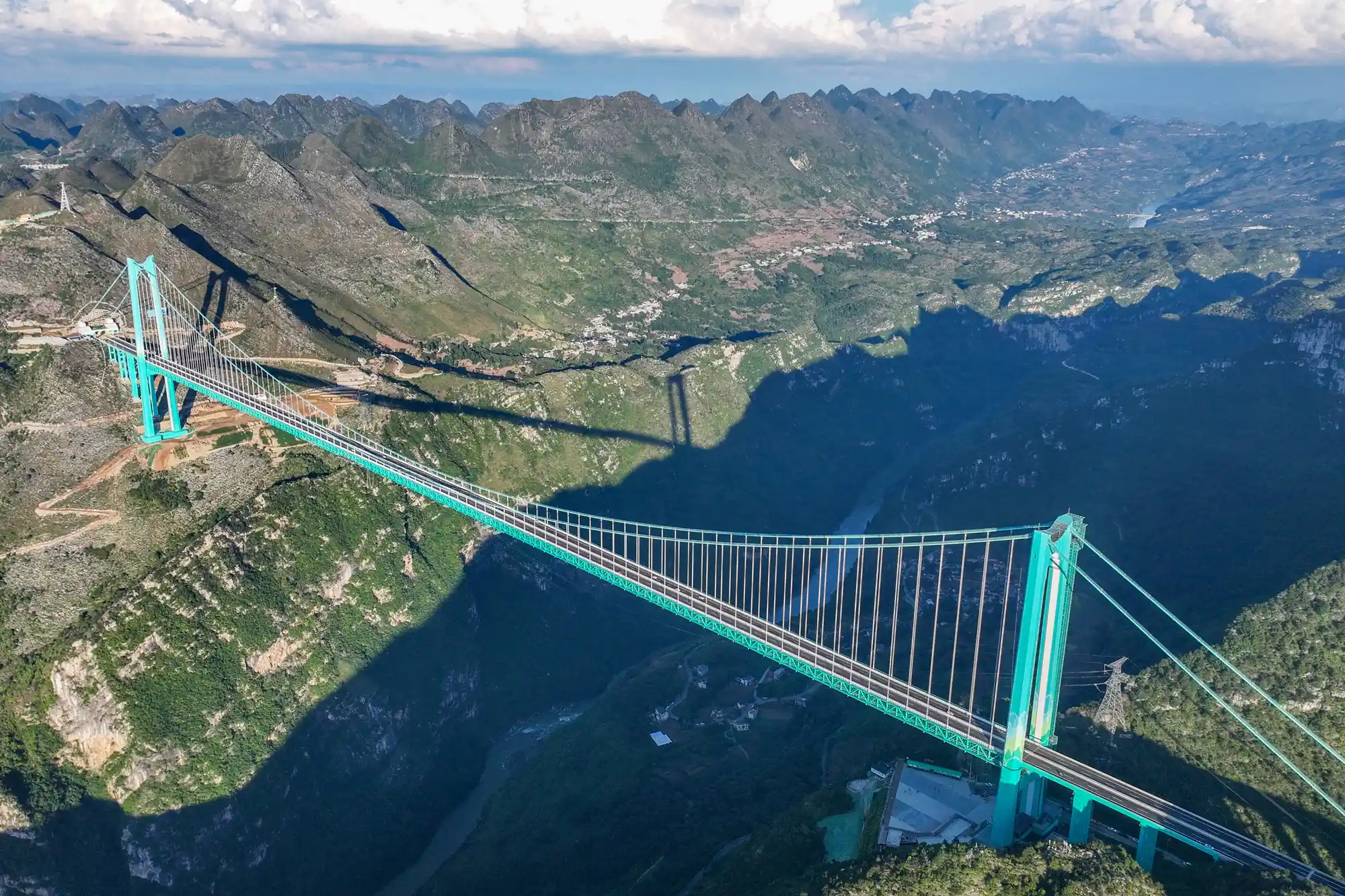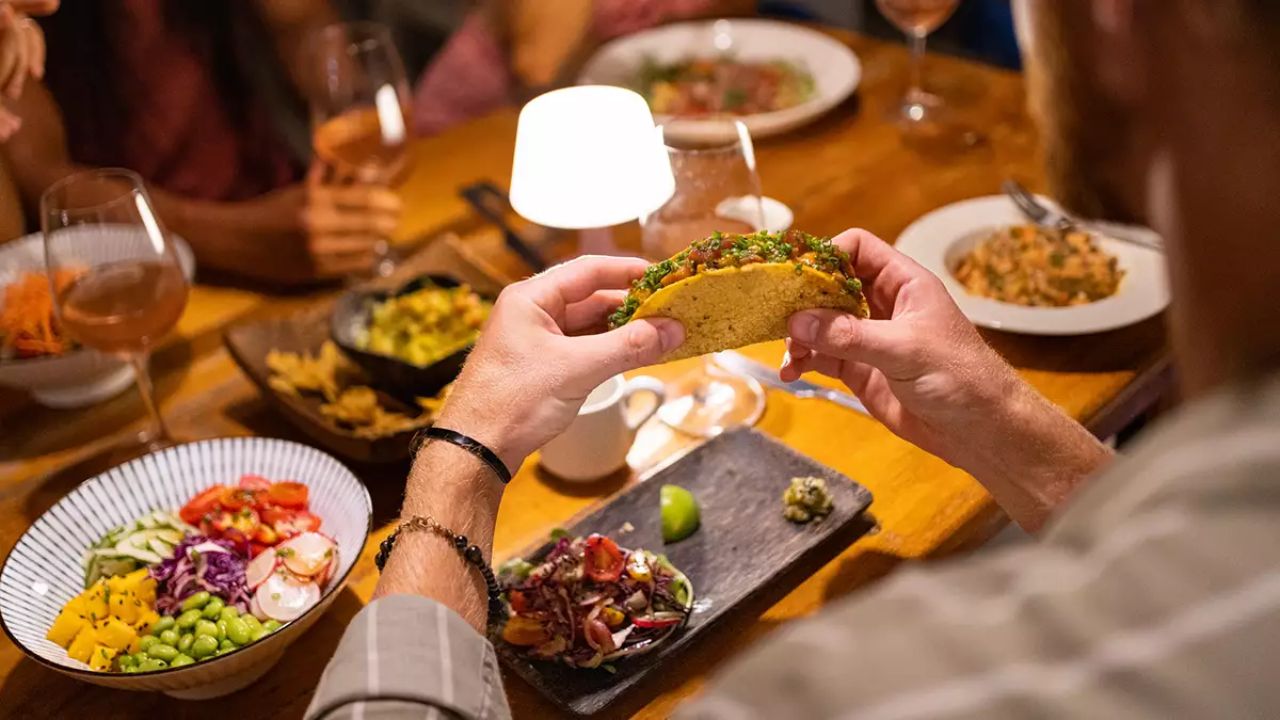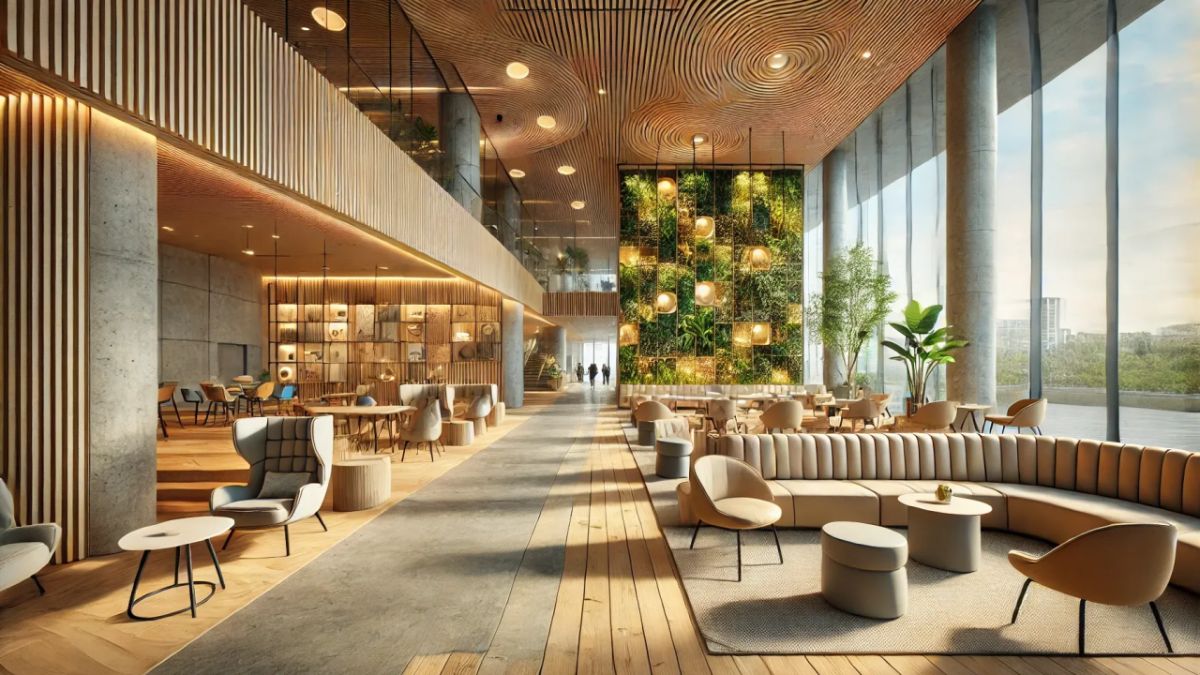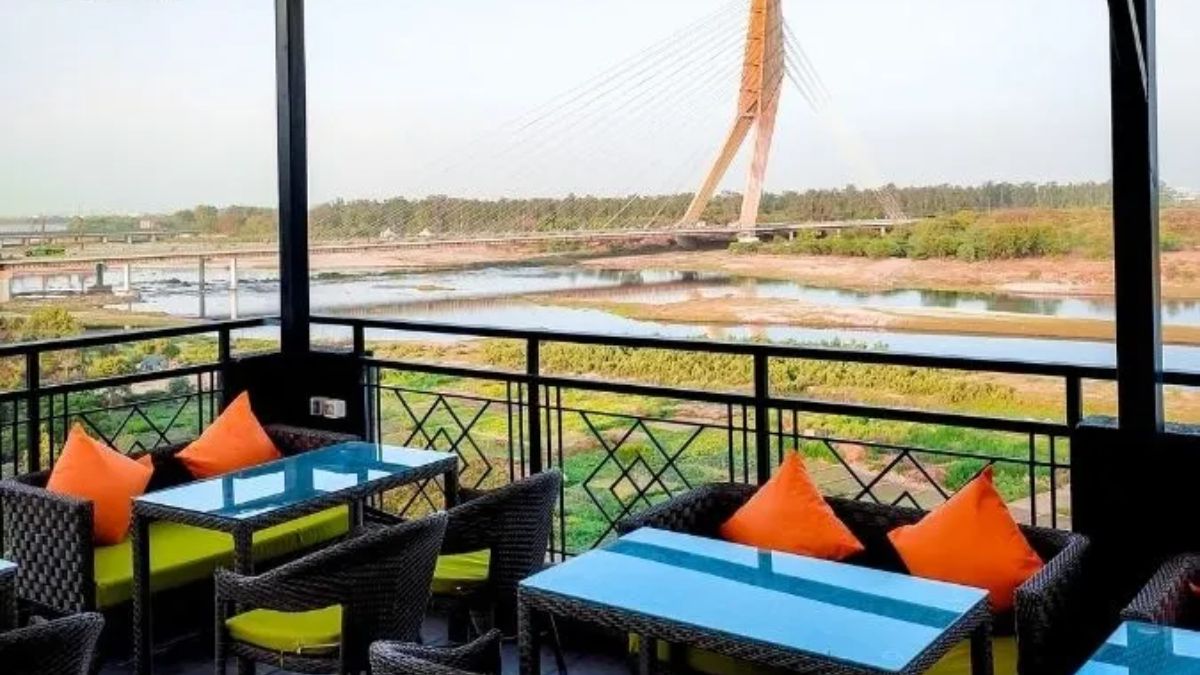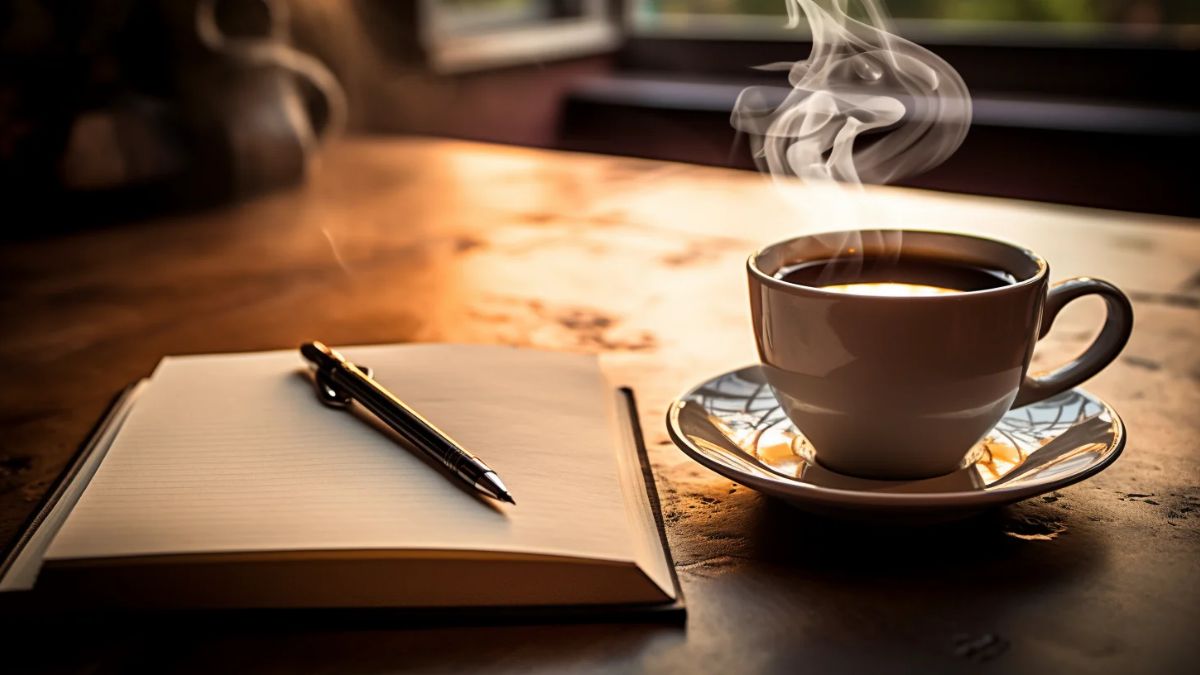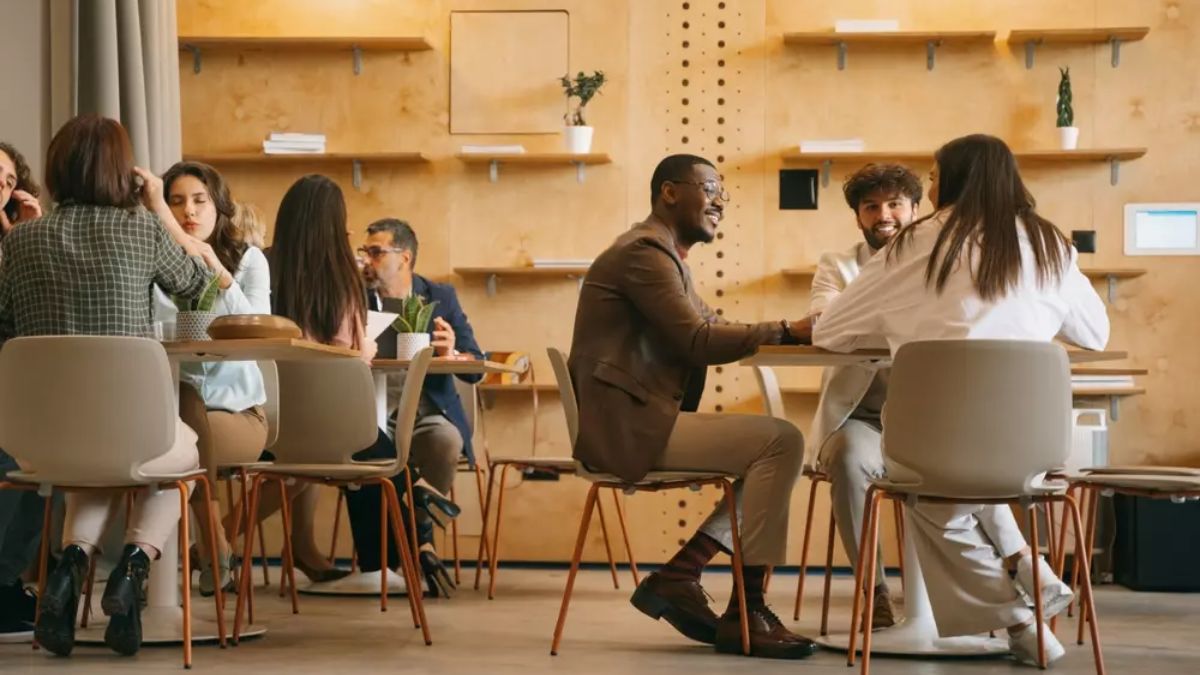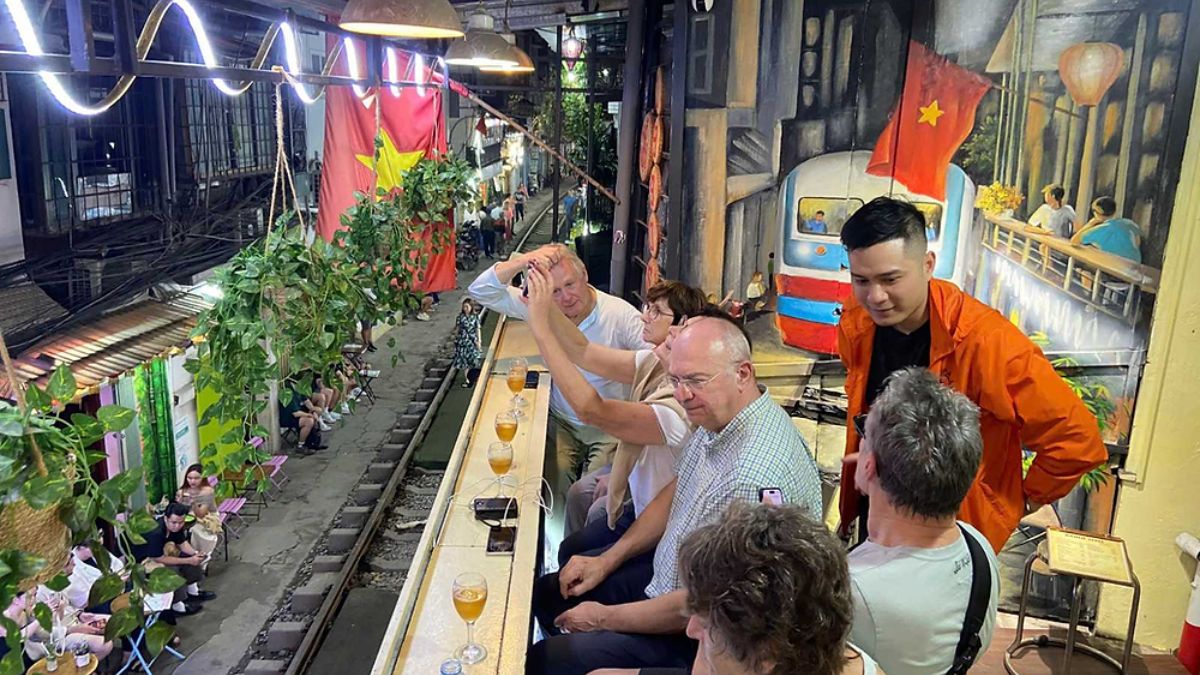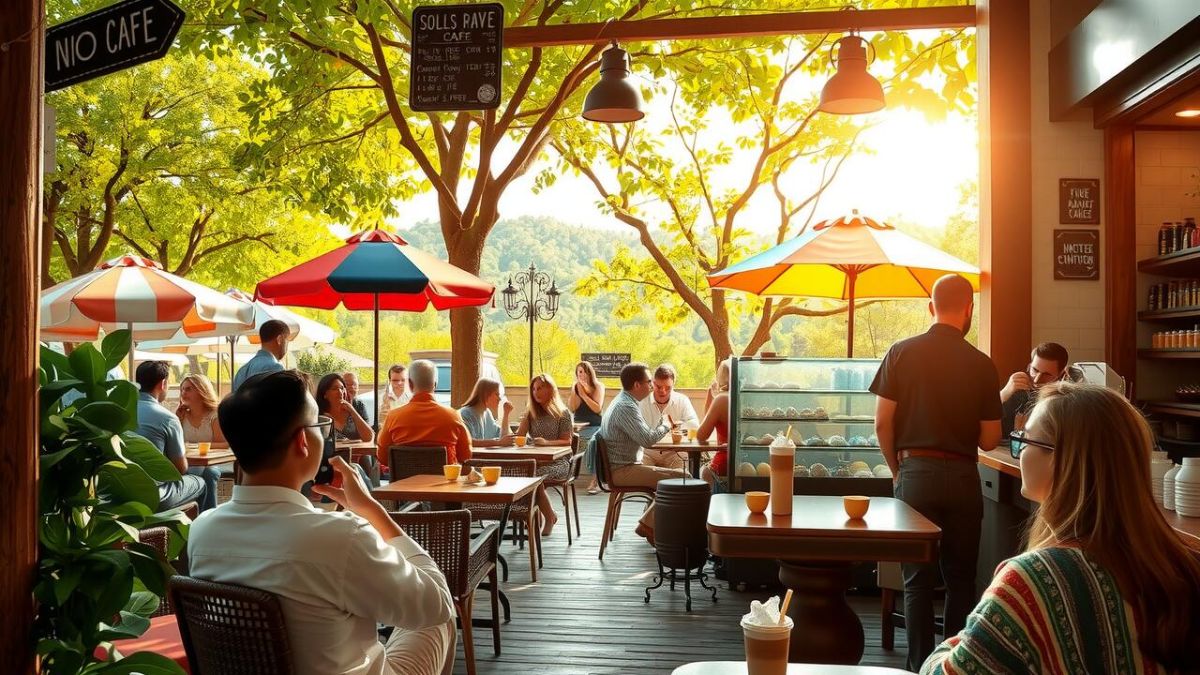Once upon a time, cafés were simple places to grab a coffee and maybe read the paper. Now? They’re workspaces, social hubs, design showcases, and sometimes even wellness centers. The modern café is no longer just about caffeine—it’s an entire experience.
Let’s take a journey through how cafés have transformed over the years and why they’ve become such an essential part of modern life.
Origins
Cafés have always been more than just coffee. Back in 17th century Europe, they were places of conversation, revolution, and art. Intellectuals gathered to debate ideas, writers scribbled thoughts, and locals shared stories over cups of bitter brew.
That core purpose—connection—hasn’t changed. But everything else? Pretty much has.
Design
Gone are the days of plain counters and plastic chairs. Modern cafés are all about aesthetic appeal. Minimalist Scandinavian furniture, exposed brick walls, handcrafted ceramic mugs—it’s design with intention.
Customers today want more than just a drink—they want an environment that feels inspiring, cozy, or Instagrammable. Every detail, from lighting to tabletops, is curated to shape a vibe.
Purpose
In the past, cafés were mostly stop-and-go. Today, they serve multiple roles. You can hold a business meeting, finish a freelance project, go on a first date, or attend an art show—all in the same space.
Cafés have evolved into flexible, multifunctional environments. Some are even hybrid spaces offering retail, workshops, or yoga classes alongside their lattes.
Tech
The digital age has completely reshaped café culture. With the rise of laptops, remote work, and video calls, cafés had to adapt. Now, high-speed Wi-Fi, charging stations, and communal work tables are standard in many spots.
Cafés have essentially become the unofficial office of the freelance generation. And yes, your oat milk latte comes with a side of productivity.
Menu
The classic drip coffee still exists, but today’s menus read like artisanal recipe books. Think beetroot lattes, nitro cold brew, matcha frappes, and turmeric shots. There’s a growing focus on health-conscious, dairy-free, and plant-based offerings.
Alongside creative drinks, you’ll often find gourmet toast, vegan pastries, and international desserts. Food has become part of the experience, not just an add-on.
Community
Many cafés today are deeply rooted in their communities. They showcase local art, host open mics, and use ethically sourced beans. Supporting small farms, sustainability efforts, and local makers is no longer a trend—it’s expected.
This local-first approach makes modern cafés feel more personal, more connected, and more intentional.
Wellness
Yes, you still see plenty of espresso—but you’ll also spot mushroom coffee, adaptogenic tonics, and CBD-infused drinks on some menus. The modern café isn’t just fueling you—it’s trying to support your mental and physical health too.
Customers are looking for mood-lifting drinks, low-sugar treats, and cozy, slow spaces that encourage mindfulness.
Then vs. Now – Café Comparison
| Feature | Then | Now |
|---|---|---|
| Design | Functional | Aesthetic, intentional, Instagram-ready |
| Purpose | Social or solo | Work, social, events, self-care, more |
| Tech | Minimal or none | Wi-Fi, outlets, mobile ordering, apps |
| Menu | Basic coffee and pastries | Creative drinks, global flavors, wellness items |
| Community | Casual gathering space | Event space, artist hub, local support |
Future
Looking ahead, cafés are set to keep evolving. With smart tech integration, more sustainable designs, and AI-driven personalization, they may become even more tailored to individual lifestyles.
But one thing is likely to stay the same: the desire for a welcoming, inspiring space where people can come together—whether to work, create, connect, or just pause.
The modern café is no longer just about coffee. It’s a living reflection of how we live, connect, and express ourselves today. From quiet corners to buzzing hubs, cafés continue to serve something bigger than a drink—they serve a feeling, a culture, and a moment worth savoring.
FAQs
How have cafés changed over time?
They’ve evolved from simple coffee spots into cultural hubs.
Why are cafés now used as workspaces?
Cafés offer Wi-Fi, comfort, and a productive vibe for remote workers.
What is a modern café menu like?
It includes creative drinks, health options, and global treats.
Do modern cafés support local culture?
Yes, many host events and showcase local art and products.
What’s next for café culture?
More tech, wellness focus, and personalized experiences.

